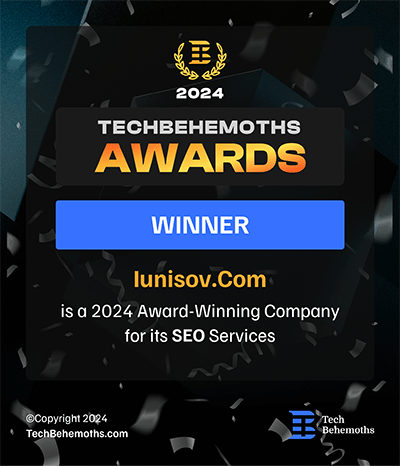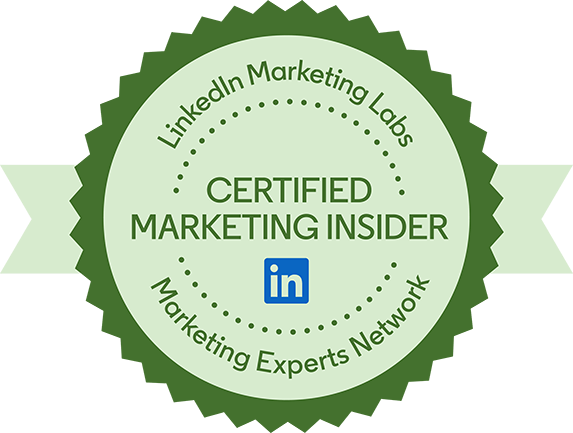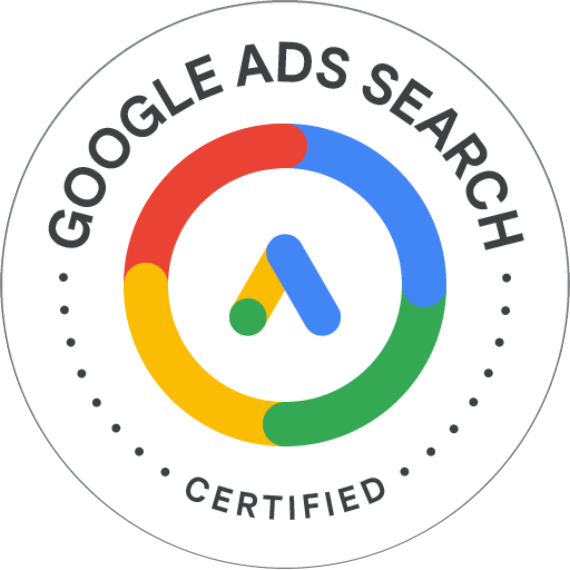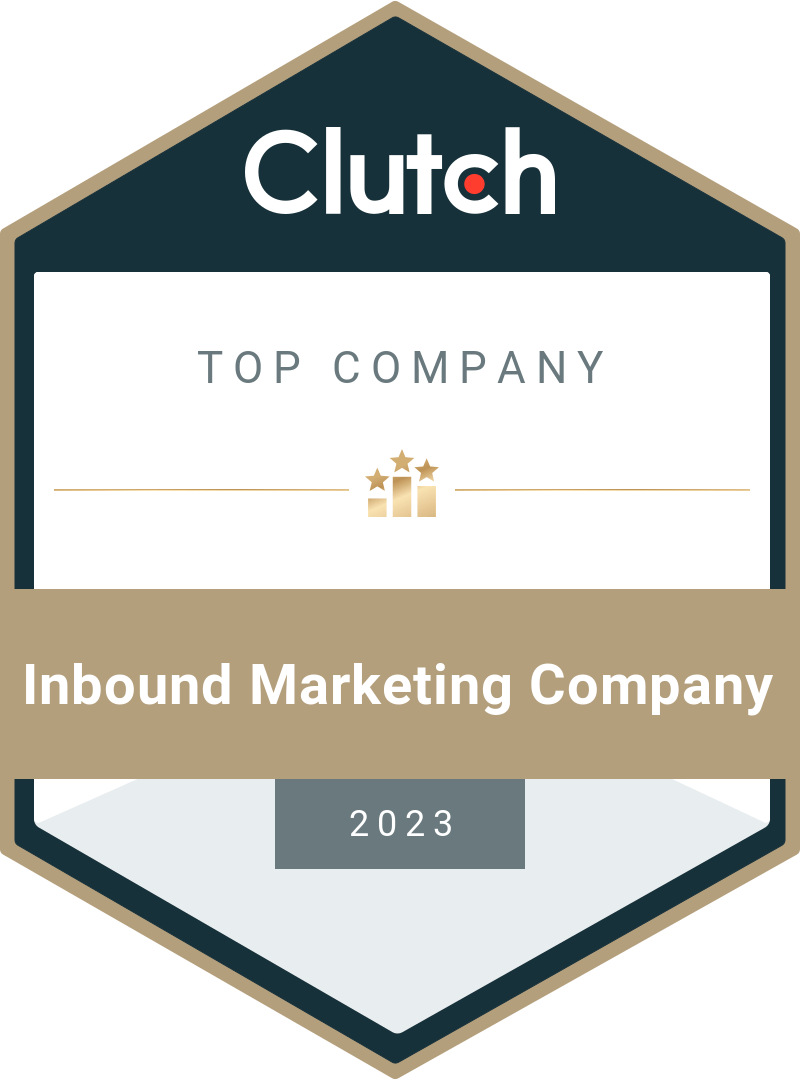Best Practices of Conversion Rate Optimization in Organic SEO
Date : May 8, 2024 By
Conversion rate optimization (CRO) is a methodology that focuses on increasing the number of visitors to your website that take a target action, be it an online sale, a submitted form, a viewed webpage, or a video. This methodology employs various strategies, including traffic optimization, website experience optimization, and content optimization.
In the context of search engine optimization (organic SEO), conversion rate optimization is a set of measures that increases the conversion rate of a particular segment of traffic – the organic one. This type of traffic does not come through paid search engine advertising to a website from search engines, mainly from Google, Bing, DuckDuckGo, Baidu, Yandex, and other smaller ones.
This article introduces strategies to improve conversion rates specifically for SEO traffic, which differ from strategies for pay-per-click advertising, referral websites, and email traffic. In addition, I will also demonstrate some methods that helped me optimize my clients’ SEO conversion rates.
Traffic optimization
Let’s start with the most obvious – if the SEO traffic is not converting, then we partially attract the wrong type of such traffic. We need to define the word “wrong” to understand what happens. In my opinion, wrong traffic could be:
- Irrelevant to your content, i.e., in the context of SEO, your webpage is not relevant to what a searcher is looking for;
- From a device that is not a target one, i.e., in the context of SEO, for example, when the mobile organic traffic is landed to a browser game working only on desktops and tablets;
- From a location that is not a target one, i.e., when the users come to a website with a local offer that is not relevant or available from other locations.
There could be other interpretations of the word “wrong” in this case, but I am listing only these three because I have witnessed them during my career. For some of them, I was able to improve the situation and for some, I was not because it depended on the specific circumstances that were out of my control.
Irrelevant traffic
The irrelevant traffic can result from choosing wrong keywords by the customer or the SEO contractor. A myriad of reasons can be listed here: your keyword means something else, it can have a different search intent, it is searched by small businesses instead of enterprises, by those looking for a free product, for educational material instead of commercial – I doubt I can list all the possible scenarios. While you can’t observe exact search terms that visitors use to discover your website in the default Google Analytics (GA), you can get this information from Google Search Console. So, suppose you’re entirely new to the problem and only see that your conversion rates for SEO traffic are lower than the website average in GA. In that case, I suggest you research your keywords in Google Search Console and check their search intent in SERP if you find anything weird. One of the data patterns I would look for (not always the case, but sometimes it helps to define the wrong ones) is keywords with a high number of impressions or an average position and simultaneously with a low number of clicks, which ultimately means the website snippet is looking irrelevant to the searcher. By filtering out irrelevant keywords, your conversion rate will automatically increase.
Wrong device targeting
During my career, I have had several cases where SEO traffic from mobile searches was not converting. Quite recently, this happened with one of my new clients from the browser card gaming industry – online solitaire. We started the SEO project attracting visitors to blog pages connected with various solitaire types. Subsequently, we expected visitors to click on our “Play Now” call-to-action blocks, ultimately leading to the game web app.

Due to some technical limitations, this solitaire worked correctly only on desktops and tablets, however, the majority of the traffic we received was from mobile searches. Google Analytics exploration reports helped us to understand that most mobile sessions don’t convert into players with decent retention levels. Looking ahead, we managed to solve this issue, which I’ll describe below. While you cannot control what type of search traffic you may attract device-wise, make sure your website and product look decent for mobile users, or use remarketing to attract them to the desktop version later.
Wrong location targeting
If your website is targeting English-speaking countries and your keywords are not connected with local products or services (i.e., their intent is geographically independent), you can sometimes get much traffic from India, Pakistan, the Philippines, South Africa, or others, where you don’t have the possibility to sell, or there is no product/market fit.
The second scenario happens frequently during multilingual SEO in languages used in several countries. In my experience, sometimes a Portuguese-based website can rank both in Portugal and Brazil. However, the traffic from one of these countries might be irrelevant because of business limitations or language differences. The same happened during my career with Spanish (Spain and Latin America) and rarely with French (France and part of Benelux), but this was different for German. Location data can be easily looked up in Google Search Console.
Overall, I suggest integrating Google Search Console and Google Analytics to identify whether traffic optimization is needed. Segment your traffic by location or by device and check your conversion rate. Moreover, look for exploration paths in GA4 to ensure traffic lands where it needs to be.
Website UX optimization
Navigation
There are numerous cases of search results in which blog pages (or other non-commercial pages, for instance, glossary or resources) dominate over commercial landing pages. I don’t want to evaluate the quality of Google’s algorithms and, therefore, argue that there should be more commercial pages in results for such queries. SEOs can’t influence this, and instead it is better to adjust your content strategy and stick to the type of content that Google prefers.
Unfortunately, in many cases, when the traffic is attracted to the blog, it does not go further into the website, and ultimately, the SEO conversion rate goes down. Sometimes this can be optimized by improving the navigation from the informational content to the commercial part of the website. There are several things you could test:
1. Add internal text links to your blog posts
They should point to the relevant educational material (case studies, whitepapers, or e-books);

2. Add standalone call-to-action elements to your blog posts
They can be placed in the middle of the content (banners, buttons, etc.) or stuck to the sidebar or to the bottom of the screen to be always visible;

3. Add site-wide breadcrumb navigation
According to my experience, another method of improving this problem is more effective, but requires some level of investment. For some industries, the gap between the first touchpoint with the website through the blog and the subsequent conversion can be several weeks or even more. In this case, I usually launch a remarketing campaign that targets organic traffic to the blog for the last 180-365 days.
I prefer creating remarketing audiences in GA4, splitting them by website language versions. This method allows you to customize the ads by language and, therefore, improve the CTR of the ad and return more traffic to the commercial part of the website. The campaign assets can vary depending on the cost-per-lead limitations and objectives. I either land the traffic to trial or contact forms or to the whitepaper or case study downloads. Cost-per-conversion results usually surpass the industry benchmarks:
This example from a B2B SaaS company demonstrates how SEO didn’t deliver a sufficient amount of conversion during the first touchpoint but, after launching a remarketing campaign, started to bring thousands of leads with almost eight times lower cost compared to industry averages from Statista.
In addition, these remarketing campaigns helped us transfer visitors from mobile devices to the desktop version of the game during their second visit, overcoming the wrong device targeting issue.
Mobile responsiveness and website speed
While there is no ranking signal for “page technical experience”, the best source of information on this topic ought to be Page Experience guidelines from Google.
Because there are too many articles on Core Web Vitals optimization, I will focus on something other than the technical aspects of this blog entry. However, Google’s list of the above questions can help you indicate potential technical gaps that affect conversion rates of SEO traffic.
Content optimization
Content optimization is a comprehensive term, but to increase SEO conversions, I would connect it with leveraging social proof and trust signals, especially on the website’s parts primarily devoted to SEO, such as blogs or other educational resources.
Here are some elements that add trust and authority to your SEO content:
Author block with bio and links to social profiles
This element is directly mentioned in the Helpful Content guidelines from Google:
Subsequently, examples below definitely increase the conversion rates:
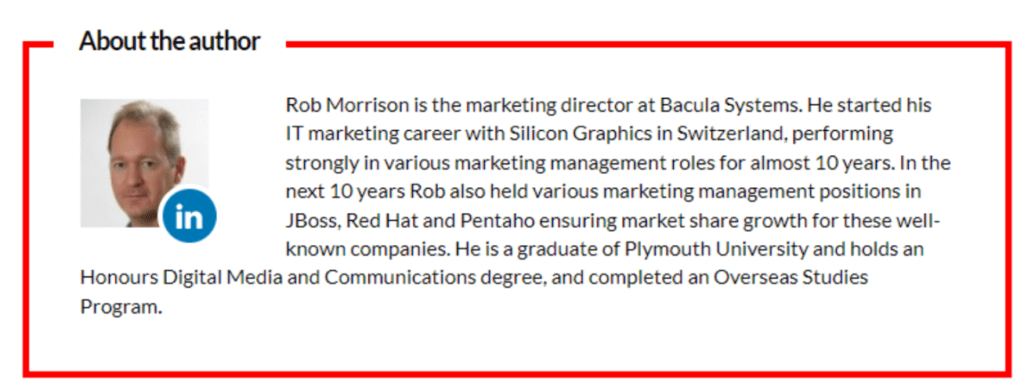
The below example is specifically related to the words “or reviewed by an expert”. If your company doesn’t have influential and experienced experts, you can ask external opinion leaders to review your content and thus, add trustworthiness to it.

Publication date and update date
Google directly prevents SEOs from manipulating these parameters in Helpful Content guidelines:

From the conversion rate standpoint, it is better to have both the publication date and the date of the page’s last update. By adding this information, your readers can consider your text to be updated regularly and follow the latest guidelines, regulations, or advice – depending on your niche.
Testimonials from industry experts
Testimonials are not only used in corporate press-releases. In fact, they are an effective trust-boosting tool for your content, especially if you are able to attract significant experts in the field.
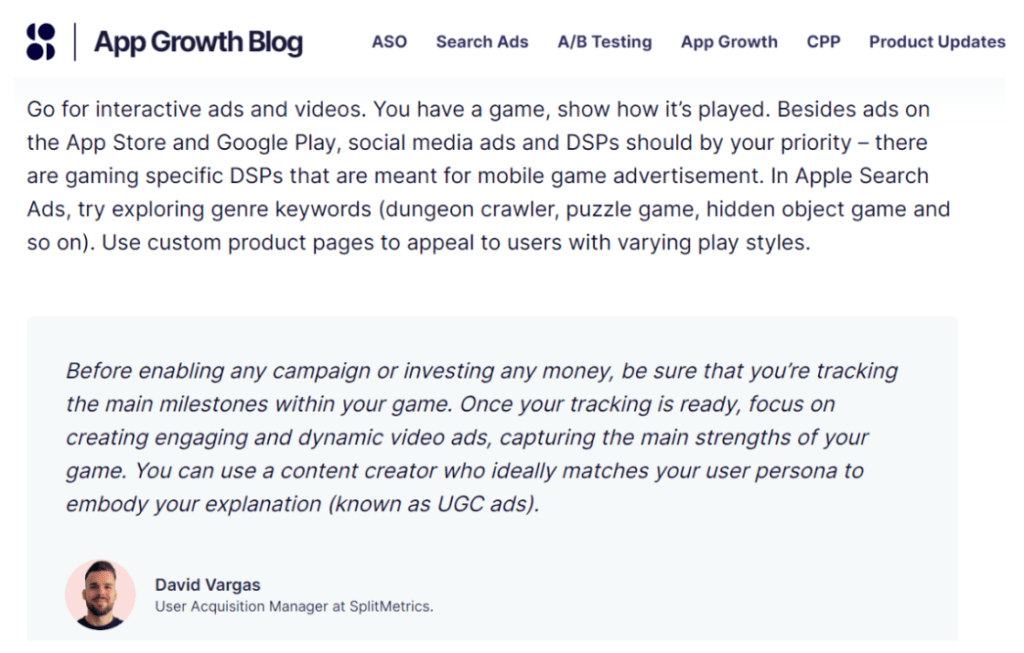
As an endorsement of the content, expert testimonials add another layer of credibility, showing that your content is not only SEO-optimized but also valued by the professional community. Therefore, such content can influence visitors to take the desired conversion actions. A good idea is to add relevant customer quotes that directly relate to the topic discussed in the blog. In any case, provide a link to the author of the comment so that it can be verifiable and look trustworthy. Include full name, photo, company, position, and link to social media at a minimum.
User-generated comments
Comments can foster additional trust, especially active discussions with questions, ultimately showcasing engagement. Moreover, official responses can enhance trustworthiness even more as the content becomes vetted by company officials.

I recommend integrating comment blocks into your website and encouraging visitors to leave their opinions. In some cases, even automated generation of initial comments could help you build engagement.
Overall, by adding these elements to your promoted pages, you can increase conversion rates of SEO traffic by leveraging more trust and authority.
Conclusion
In conclusion, I would like to summarize all the best practices of this article into an actionable list of top five pieces of advice:
- Avoid irrelevant traffic and invest time and effort into deep search intent research for all keywords you promote;
- Ensure the traffic you attract can perform target actions from all devices, or remarket the traffic between devices;
- Use correct language dialects to satisfy all regions speaking the same native language;
- Improve navigation from SEO-focused web pages to commercial ones using specific elements above;
- Enhance the authority and trust of your content by applying the tactics from the above section.
Implementing these tactics can be costly because they require web development hours and content investments, but I encourage my readers to invest in these measures. I hope you see rapid improvements in your SEO conversion rate after the execution.









